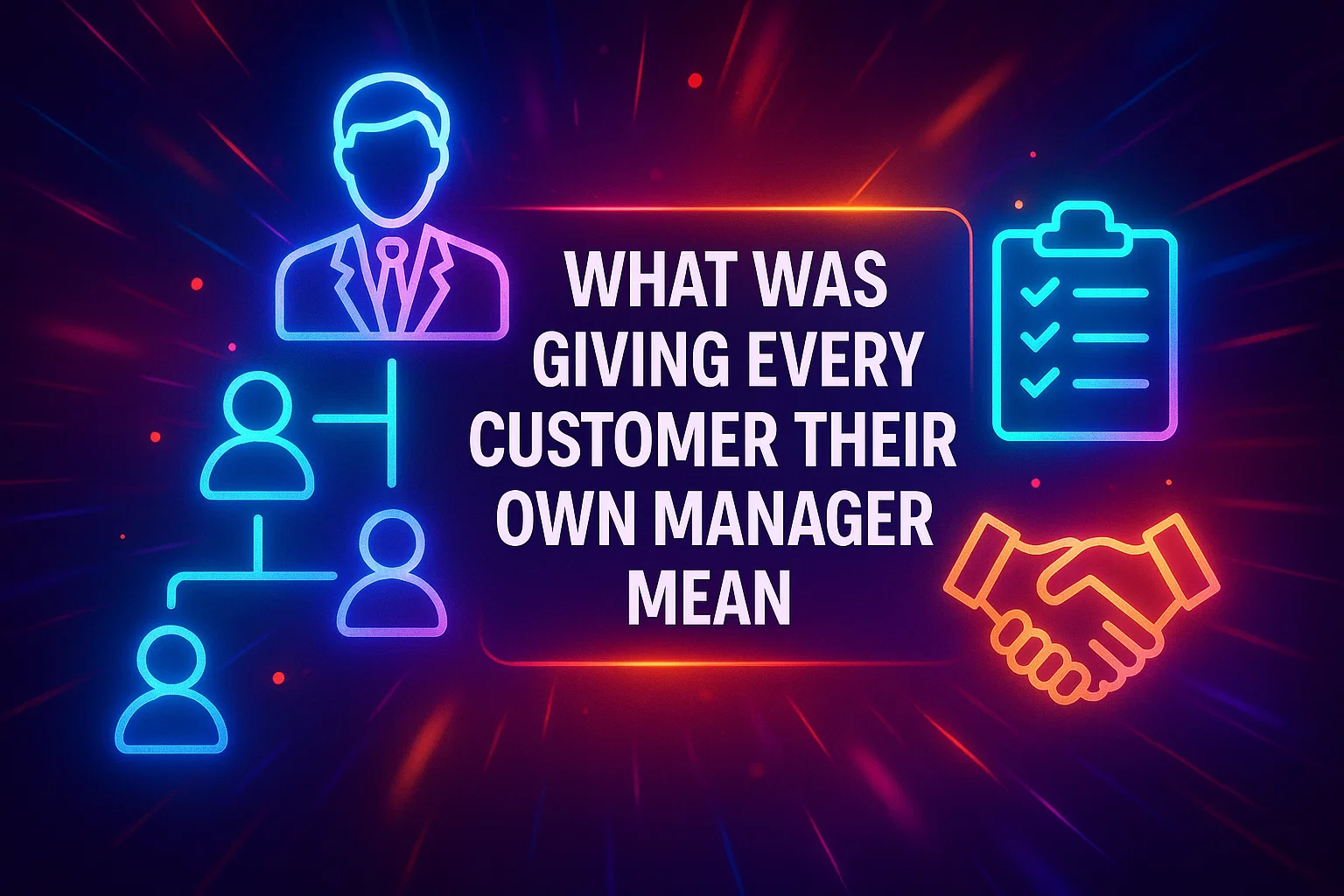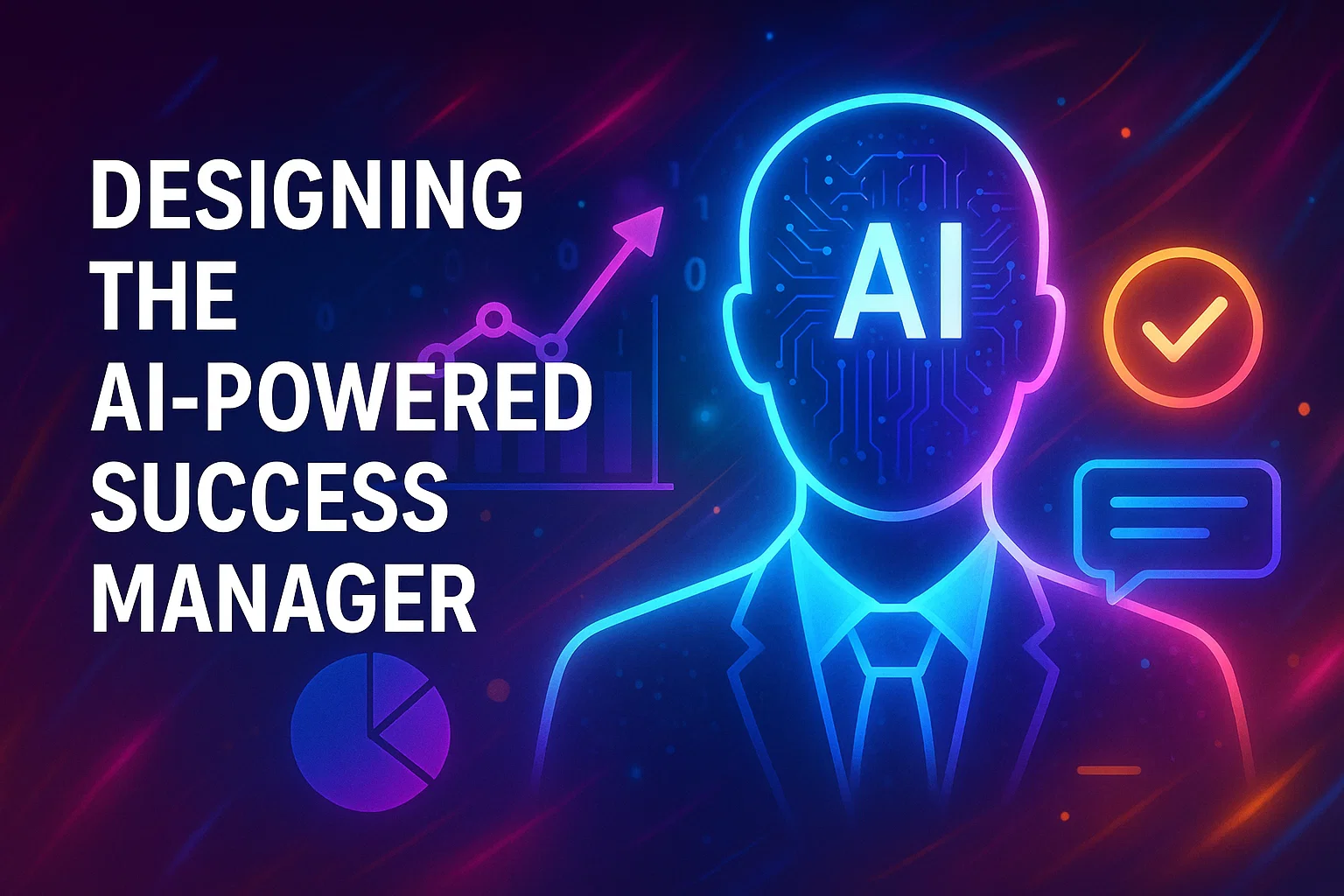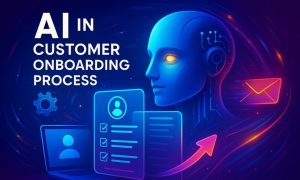Think of your business world where every single customer feels truly seen, heard, and supported- no matter how fast your company grows or how many alerts flood your inbox.
Feels almost too good to be true, doesn’t it?
Last time, we shared the raw reality of our inefficient team struggles with an improper management system. The chaos was real, and we found an idea on what if every customer had their own personal success manager?
It would not be just a human, but an AI-powered assistant that understands their unique journey and guides them whenever they need help.
In this journey, we’ll take you through how that idea sparked a transformation, the challenges we faced bringing it to life, and the surprising impact it’s already making.

What Was Giving Every Customer Their Own Manager Mean
When we started, we knew it wasn’t about hiring a human success manager for every single customer—that would be impossible.
It would be a smart system designed to monitor every customer’s unique journey by analyzing data from multiple sources. That included product usage, support tickets, and customer interactions.
By utilizing advanced technologies such as natural language processing and machine learning, we needed to understand customer behavior and detect early warning signs.
Though they would not replace our human team, they amplified their impact. It would handle routine tasks such as checking in with customers, flagging urgent issues, and delivering customized advice based on real-time insights.

Designing the AI-Powered Success Manager
With the vision clear, we set out to design the AI-powered success manager from the ground up. We started mapping out the key customer signals that mattered most. That was like product usage patterns, support ticket history, and behavioral indicators such as login frequency.
These signals would form the foundation for the AI that detects early warning signs.
Next, we focused on building the intelligence behind the system. With the machine learning models, the AI learned to identify patterns and prioritize alerts based on the likelihood of customer churn or success. Plus, NLP helped the system analyze customer communications, surfacing important sentiments.
And do you know what!
Throughout the process, we worked closely with our customer success managers, product experts to make the system aligned with real-world needs.
Overcoming Challenges
Building this new way of supporting our customers wasn’t easy. In fact, it often felt like we were trying to solve a puzzle with missing pieces.
If you’ve ever tried to fix a problem that feels bigger than you, you’ll know exactly what we went through. Right?
There were moments of doubt and frustration. We kept asking ourselves: Could this idea really work?
We spent hours testing, fixing, and adjusting-sometimes feeling like we were going in circles. The pressure was real, and the weight of responsibility heavy.
But with every struggle came a lesson. Slowly, things started to click. The system began to notice problems before they became crises. It helped us reach out to customers at just the right time.

How We Saw AI Changing the Game
As we were fine-tuning the system, we began to see real and gradual improvements.
Excited to know next?
The constant flood of alerts slowed, and most importantly, it was replaced by clear and prioritized signals through which we could focus on what truly mattered.
Instead of reacting to every ping, we were able to predict customer needs and intervene early.
And obviously, this shift didn’t happen overnight, but with each iteration, the support became smarter and more efficient.
For our team, this meant less stress and more meaningful interactions. For customers, it meant feeling understood and supported in ways we hadn’t achieved before.
The AI wasn’t just a tool. It became a trusted partner and guided us to deliver personalized care at the same pace as the growing customer base.
And you know what! That made all the difference.
This progress gave us confidence that technology, when used thoughtfully, could transform customer success without losing the human touch.
The Transformation: Smarter Support, Satisfied Customers
Once our new system was fully in place, the way we worked and connected with customers transformed. Instead of constantly responding to urgent issues, we became proactive and reached out before small problems grew into bigger ones.
Here’s the kicker-
This transformation helped us to customize our support to each customer’s unique needs, making their experience smoother and more personal.
Our team experienced a renewed sense of focus and energy. With less time spent on urgent tasks, we finally had the chance to build genuine relationships, understand our customers better, and truly celebrate their successes alongside them.
And the impact?
Customers noticed the change, too. They felt more supported and valued, which strengthened trust and loyalty.
This transformation proved one thing loud and clear: thoughtful, personalized support can truly make a difference-for both customers and the team.
Looking Ahead: The Thought of the Observer
Just when we were at the stage of everything balanced, a new challenge came!!
Despite the improvements, some critical customer issues still slipped through the cracks and left us searching for answers.
That’s when the idea of the Observer was born.
The Observer wasn’t just another tool. It was designed to catch what even our smartest system missed, offering a new level of insight and control.
But how exactly did we deal with these challenges, and what made the Observer different?
Stay tuned for the next chapter, where we explore the story behind the Observer’s creation and how it’s changing the way we support our customers.
Author
Shirikant is a proven customer success leader who combines sharp business insight with practical experience to improve retention and drive revenue. As the founder of Statwide, he designs customer-first business strategies that guide companies to turn users into loyal and long-term partners. His approaches are built on real results: stronger relationships, higher customer value, and lasting growth.








